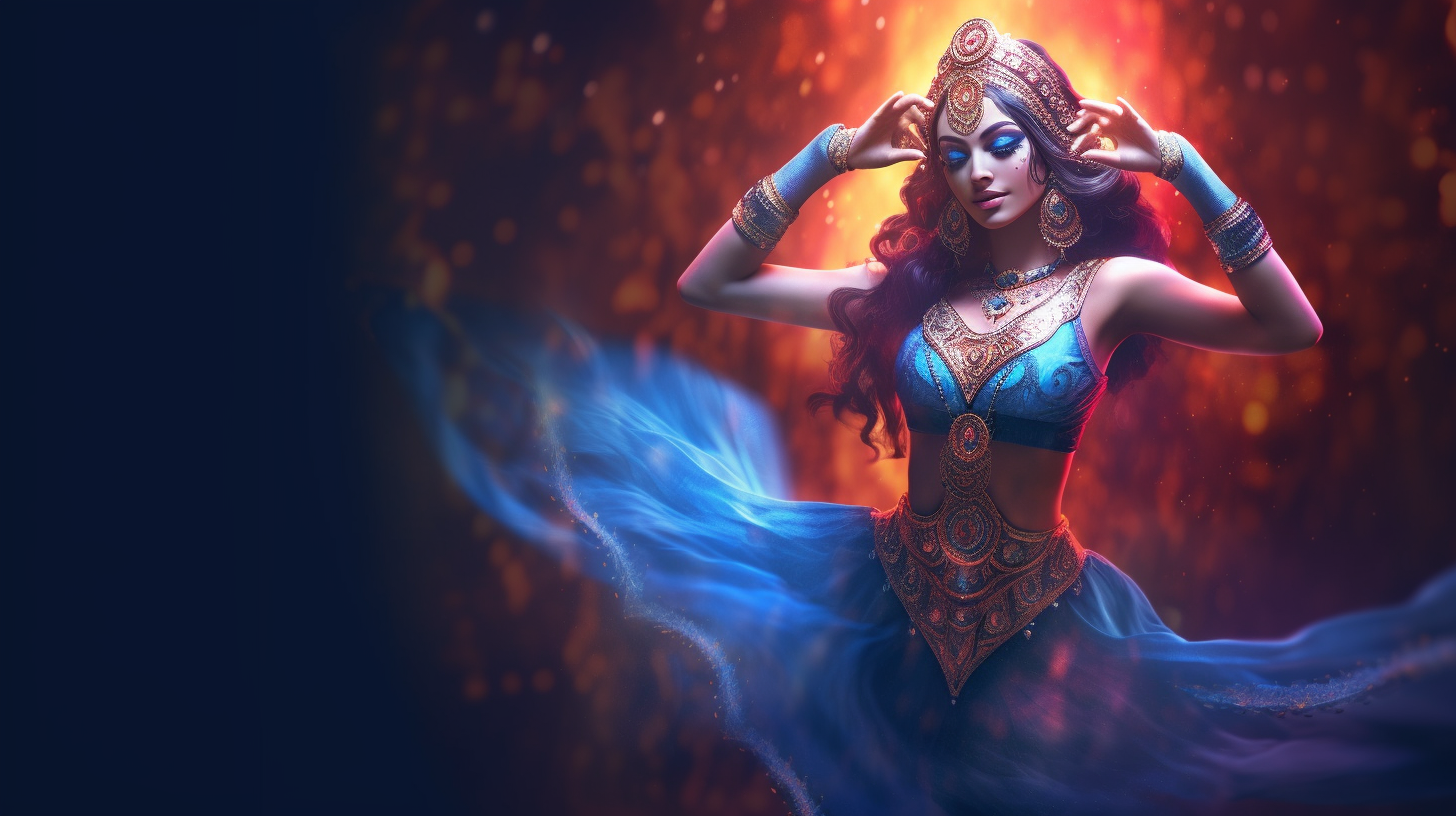If you’re a belly dancer, there’s nothing quite like the rush of performing a solo routine. You have complete control over the music, choreography, and style, and you get to showcase your unique skills and personality. However, putting together a successful solo routine takes more than just technical skill – it requires creativity, planning, and audience engagement. Here are the best Tips For Performing Belly Dance Solo Routines.
In this article, we’ll share some tips for creating memorable belly dance solo routines that will leave your audience mesmerized.
Firstly, when creating choreography for your solo routine, make sure to choose movements that showcase your strengths as a dancer while also challenging you to improve. Think about how each movement flows into the next and consider adding variations or layers to keep things interesting.
Don’t be afraid to incorporate different styles of belly dance or elements from other dance forms – this can add depth and texture to your performance. Additionally, try to tell a story through your choreography by using facial expressions and body language to convey emotions or themes.
By taking these steps in creating choreography for your solo routine you can ensure it will be engaging and memorable for your audience.
Creating Choreography
You’ll need to start brainstorming and experimenting with moves that feel natural to you, so your belly dance solo routine can flow smoothly.
To begin creating choreography for your routine, start by practicing basic belly dance techniques such as hip drops, shimmies, and body isolations. Once you’ve mastered these foundational movements, try combining them into sequences or patterns that flow well together.
When selecting music for your routine, choose a piece that speaks to you and allows you to express yourself through movement. Consider the tempo and rhythm of the music in relation to the movements you’ve chosen.
As you develop your choreography, also focus on developing stage presence through facial expressions and confident posture. Remember that practice makes perfect – keep refining and rehearsing your routine until it feels polished and seamless.

Music Choice
Choosing the right music for your belly dance performance can greatly enhance the mood and atmosphere of your routine. The music you select should match the tempo and style of your choreography, while also reflecting your own personal tastes.
To start, consider whether you want to dance to traditional Middle Eastern music or something more contemporary. You may want to incorporate a fusion of different genres to create a unique sound that matches your vision.
Once you have selected the music, it’s important to focus on how it can be used to highlight specific belly dance techniques and rhythmic patterns in your choreography. Use the beats and melodies to accentuate hip work, shimmies, undulations, and other movements that showcase your skills as a dancer.
Additionally, think about how you can use musical cues to make an impact with stage presence. Overall, choosing the right music is essential for creating a memorable belly dance solo routine that will leave a lasting impression on audiences.
Improvisation and Structure
When it comes to creating a captivating belly dance performance, incorporating improvisation and structure can add an element of surprise and excitement for both the dancer and the audience.
Improvisation skills are essential for a solo routine, as they allow you to connect with the music on a deeper level and express your emotions through movement. While it may seem daunting at first, practicing improv regularly will help you become more comfortable with letting go of control and allowing your body to naturally flow with the music.
The structure is also important in order to create a cohesive and polished performance. Consider incorporating various belly dance techniques such as shimmies, undulations, hip drops, and spins into your routine while also paying attention to transitions between moves.
Rehearsal techniques such as breaking down choreography into smaller sections or practicing specific movements repeatedly can also aid in perfecting the structure of your routine. Ultimately, finding a balance between improvisation and structure will allow you to showcase both your technical abilities and personal artistry in a mesmerizing solo belly dance performance.
Level Changes and Spatial Planes
Incorporating level changes and playing with spatial planes can add dynamic elements to your belly dance performance, keeping your audience engaged and mesmerized. Belly dance techniques such as shimmies, undulations, and accents can be emphasized by changing levels between standing up tall, kneeling, or sitting on the floor.
You can also experiment with different spatial planes by moving forward and backward or side to side on stage. When choreographing your solo routine, consider how you want to use level changes and spatial planes to enhance your stage presence. Smooth transitions between moves will help keep the flow of your performance while showcasing these dynamic elements.
Additionally, costuming tips should be considered when incorporating level changes into your routine. Make sure that any costume pieces won’t hinder movement during floor work or sudden transitions from standing to kneeling positions. Remember that incorporating these techniques takes practice but will ultimately make for a more captivating performance.

Audience Engagement
Get your audience engaged and mesmerized by interacting with them, making eye contact, and responding to their energy. Show them that you’re performing not just for yourself, but also for them.
One way to do this is to use expressive gestures throughout your routine. Belly dance techniques such as hip drops, shimmies, and undulations can be used to convey different emotions or moods in the music. Use these movements to express what you feel while dancing.
Another important aspect of audience engagement is choosing the right music selection for your routine. The music should complement your style of belly dance and help create an emotional connection with the audience. When selecting music, consider the tempo, rhythm, melody, and lyrics if applicable.
Your stage presence also plays a huge role in keeping your audience engaged. Make sure you’ve got good posture and exude confidence while performing. Remember that every movement counts towards creating a memorable performance that will captivate your audience from start to finish.
Conclusion
Congratulations on taking the step to perform a belly dance solo routine! With the right preparation and mindset, you can confidently showcase your skills and captivate your audience. Remember, creating an engaging performance takes practice, patience, and creativity.
When crafting your choreography, consider using a variety of movements and transitions that showcase your unique style. Choose music that inspires you and aligns with the mood or theme of your routine. Don’t be afraid to incorporate improvisation into your performance – it can add excitement and spontaneity. However, make sure to have a clear structure in place so that your routine flows smoothly from start to finish.
As you rehearse, experiment with level changes and spatial planes to create dynamic visual interest. And don’t forget about audience engagement – maintain eye contact, use facial expressions to convey emotion, and interact with the crowd when appropriate.
With these tips in mind, you’ll be well on your way to delivering a memorable belly dance solo routine!
